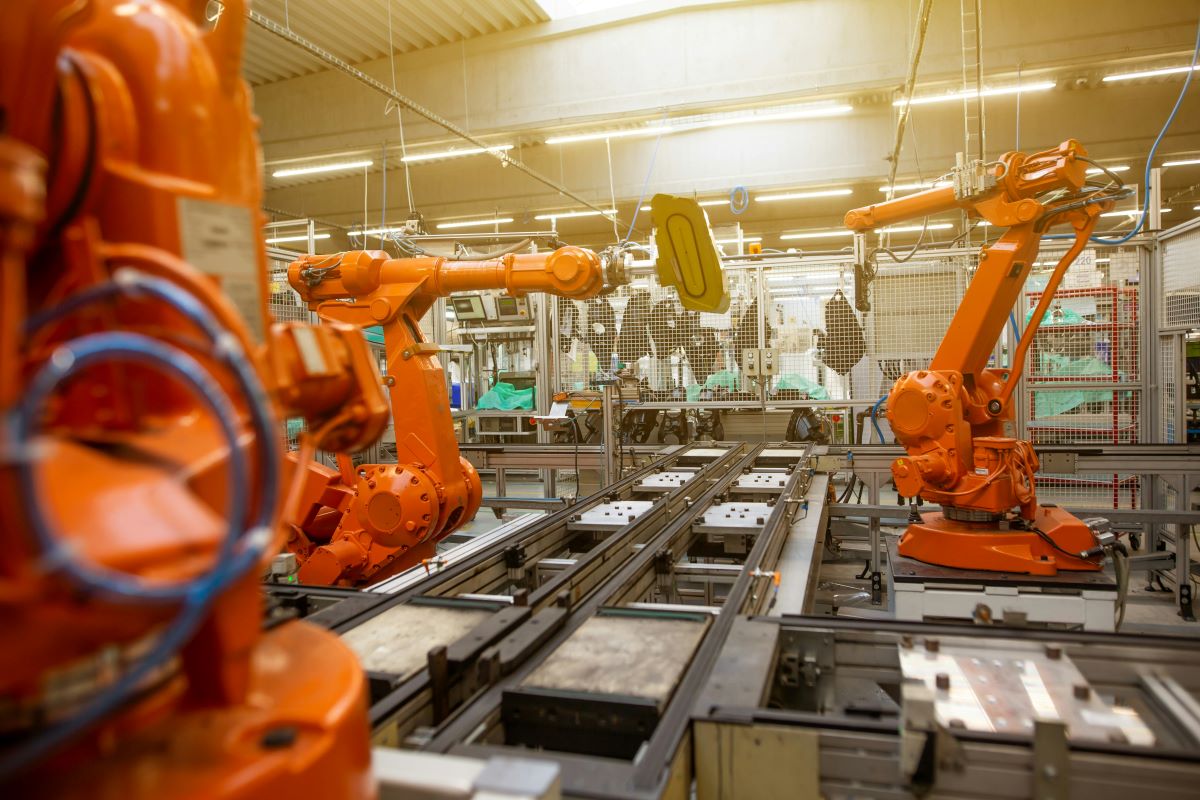Welding processes are essential in numerous industries, but they also pose environmental challenges due to energy consumption, emissions, and material waste. To address these issues, integrating technological innovations is crucial. This article explores strategies for introducing technological innovations in welding processes to enhance efficiency, reduce environmental impact, and promote sustainability.
Understanding the Environmental Impact of Welding
- Energy Consumption: Welding operations consume significant energy, primarily for powering welding machines and providing heat for fusion. Minimizing energy usage through technological advancements is key to reducing environmental footprint.
- Emissions: CO2 emissions from welding result from energy generation and consumption, as well as the production and transport of welding consumables like electrodes and shielding gases.
- Material Waste: Efficient use of materials and minimizing waste are critical for reducing environmental impact. Technological innovations can optimize material usage and improve process efficiency.
Strategies for Implementing Technological Innovations
- Advanced Welding Processes:
- Laser Welding: Utilizes concentrated laser beams for precise, high-speed welding with minimal heat input, reducing energy consumption and material distortion.
- Friction Stir Welding: Joins materials without melting, resulting in stronger welds and lower energy requirements compared to traditional welding methods.
- Electron Beam Welding: Generates precise welds with minimal heat-affected zones, suitable for welding high-strength alloys with reduced energy consumption.
- Automation and Robotics:
- Automated Welding Systems: Increase productivity, consistency, and precision while reducing material waste and energy consumption.
- Robotic Welding Cells: Programmable robots execute complex welding tasks with minimal human intervention, optimizing efficiency and reducing errors.
- Energy-Efficient Equipment:
- Pulsed MIG (GMAW-P): Controls heat input and reduces spatter, enhancing weld quality and lowering energy consumption compared to conventional MIG welding.
- Modified Short-Circuit Transfer (MIG-CMT): Regulates metal transfer to achieve high-quality welds at lower temperatures, saving energy and reducing emissions.
- Digitalization and IoT:
- Welding Data Analytics: Monitor and analyze welding parameters in real-time to optimize settings, improve weld quality, and minimize energy usage.
- IoT-enabled Welding Equipment: Connectivity and remote monitoring capabilities streamline maintenance, enhance operational efficiency, and reduce downtime.
Challenges and Considerations
- Initial Investment: Technological innovations often require upfront investment in equipment and training. However, long-term savings in energy costs and improved productivity can offset initial expenses.
- Operator Training: Adequate training is essential to maximize the benefits of new technologies and ensure safe and effective operation.
- Regulatory Compliance: Adherence to environmental regulations and standards is crucial when implementing new welding technologies to minimize environmental impact and ensure compliance.
Case Studies and Examples
- Automotive Industry: Implementation of laser welding for lightweight vehicle construction, reducing emissions and enhancing fuel efficiency.
- Aerospace Sector: Adoption of friction stir welding for joining complex aerospace structures, improving strength and reducing material waste.
Conclusion
Integrating technological innovations in welding processes is essential for achieving environmental sustainability in industrial operations. By adopting advanced welding techniques, automation, energy-efficient equipment, and leveraging digitalization, industries can reduce energy consumption, minimize emissions, and optimize material usage. Continuous innovation and collaboration across sectors are key to advancing sustainable welding practices and meeting global environmental goals.

